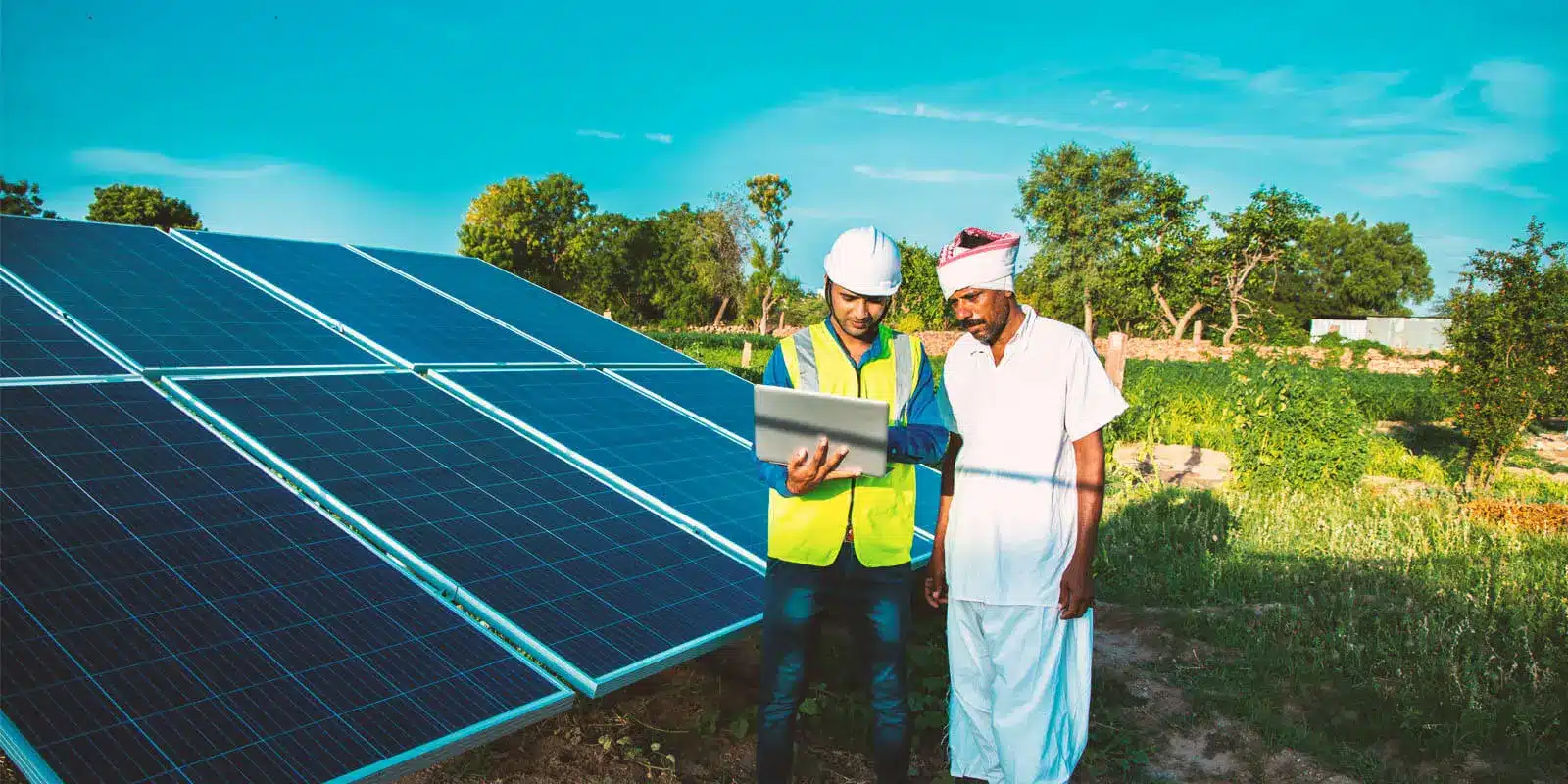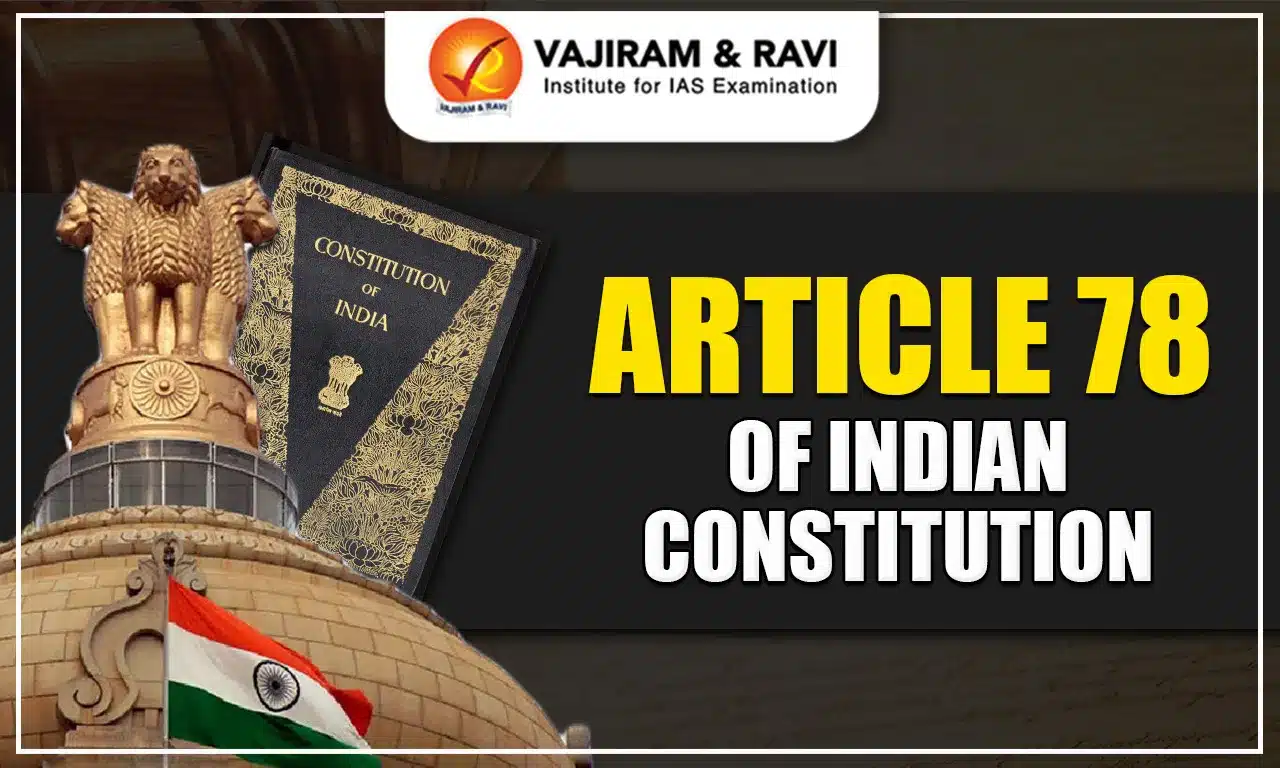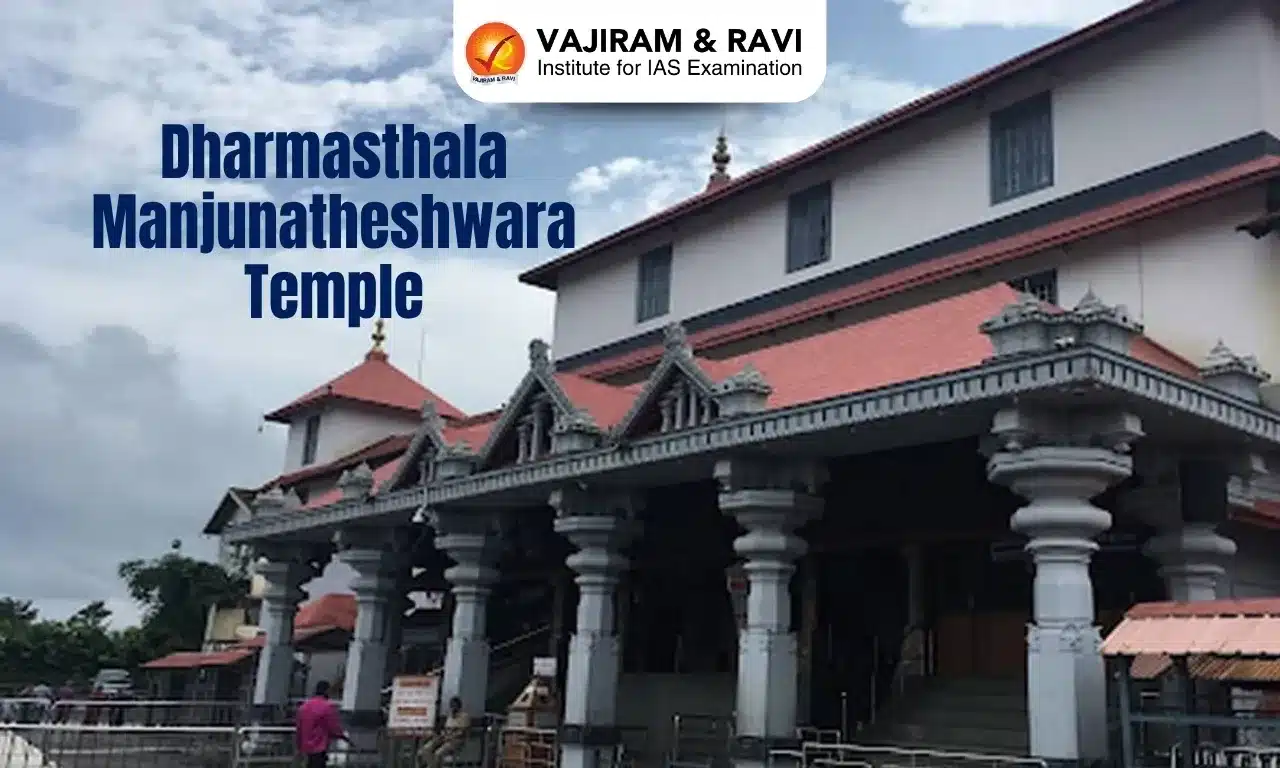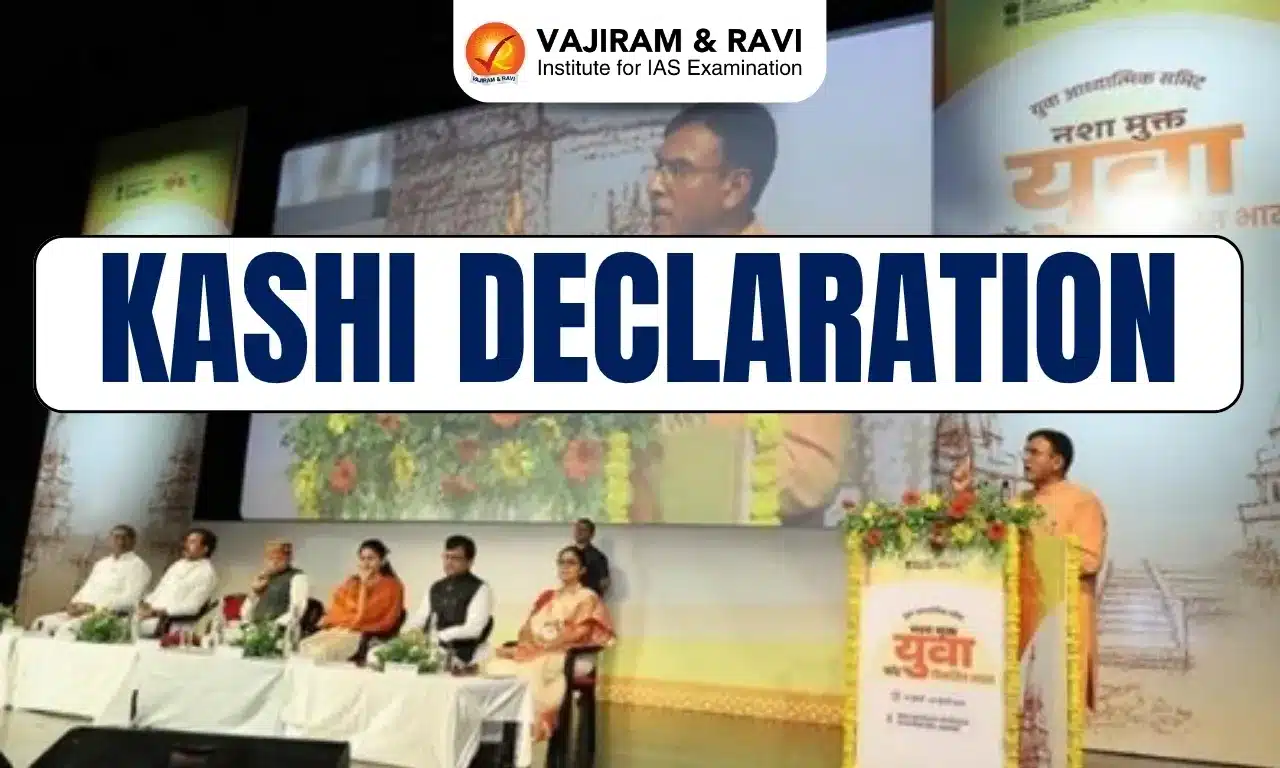About PM-KUSUM Scheme
- The PM-KUSUM Scheme was launched in 2019 for de-dieselisation of the farm sector and enhancing the income of farmers.
- It is aimed at ensuring energy security for farmers in India, along with honouring India’s commitment to increase the share of installed capacity of electric power from non-fossil-fuel sources to 40% by 2030 as part of Intended Nationally Determined Contributions (INDCs).
- The scheme aims to add Solar capacity of about 34,800 MW by March 2026 with the total Central Financial support of Rs 34,422 crore.
- Nodal Ministry: Ministry of New and Renewable Energy (MNRE)
- Under the Scheme, a central government subsidy upto 30% or 50% of the total cost is given for the installation of standalone solar pumps and also for the solarization of existing grid-connected agricultural pumps.
- Further, farmers can also install grid-connected solar power plants up to 2MW, under the Scheme on their barren/fallow land.
- This scheme is being implemented by the designated departments of the State Government.
- The Scheme consists of three components
- Component A:
- 10,000 MW of solar capacity through the installation of small Solar Power Plants of individual plants of capacity up to 2 MW.
- The solar power plants will be preferably installed within five-kilometre radius of the notified sub-stations in order to avoid high cost of transmission lines and losses.
- The power generated will be purchased by the local DISCOM at a pre-fixed tariff determined by the respective State Electricity Regulatory Commission (SERC).
- Component B:
- Installation of 20 lakhs of standalone Solar Powered Agriculture Pumps.
- Individual farmers will be supported to install standalone solar Agriculture pumps of capacity up to 7.5 HP for the replacement of existing diesel Agriculture pumps / irrigation systems in off-grid areas, where grid supply is not available.
- The State Government will give at-least subsidy of 30% and the remaining will be provided by the farmer.
- Component C:
- For Solarisation of 15 Lakh Grid Connected Agriculture Pumps.
- Under this Component, individual farmers having grid connected agriculture pump will be supported to solarise pumps.
- The farmer will be able to use the generated solar power to meet the irrigation needs and the excess solar power will be sold to DISCOMs at pre-fixed tariff.
- Component A:
- The eligible categories for KUSUM Scheme are:
- An individual farmer.
- A group of farmers.
- FPO or Farmer producer organization.
- Panchayat.
- Co-operatives.
- Water User Associations.
Q1: What is the Central Electricity Regulatory Commission (CERC)?
It is a statutory body established by the Government of India under the provisions of the Electricity Regulatory Commissions Act, 1998. CERC is the Central Commission for the purposes of the Electricity Act, 2003, which has repealed the ERC Act, 1998. The Commission consists of a Chairperson and four other members including the Chairperson, Central Electricity Authority, who is an ex-officio Member of the Commission. The Commission intends to promote competition, efficiency, and economy in bulk power markets, improve the quality of supply, promote investments, and advise the government on the removal of institutional barriers to bridge the demand supply gap and thus foster the interests of consumers.
Last updated on July, 2025
→ UPSC Notification 2025 was released on 22nd January 2025.
→ UPSC Prelims Result 2025 is out now for the CSE held on 25 May 2025.
→ UPSC Prelims Question Paper 2025 and Unofficial Prelims Answer Key 2025 are available now.
→ UPSC Calendar 2026 is released on 15th May, 2025.
→ The UPSC Vacancy 2025 were released 1129, out of which 979 were for UPSC CSE and remaining 150 are for UPSC IFoS.
→ UPSC Mains 2025 will be conducted on 22nd August 2025.
→ UPSC Prelims 2026 will be conducted on 24th May, 2026 & UPSC Mains 2026 will be conducted on 21st August 2026.
→ The UPSC Selection Process is of 3 stages-Prelims, Mains and Interview.
→ UPSC Result 2024 is released with latest UPSC Marksheet 2024. Check Now!
→ UPSC Toppers List 2024 is released now. Shakti Dubey is UPSC AIR 1 2024 Topper.
→ Also check Best IAS Coaching in Delhi














